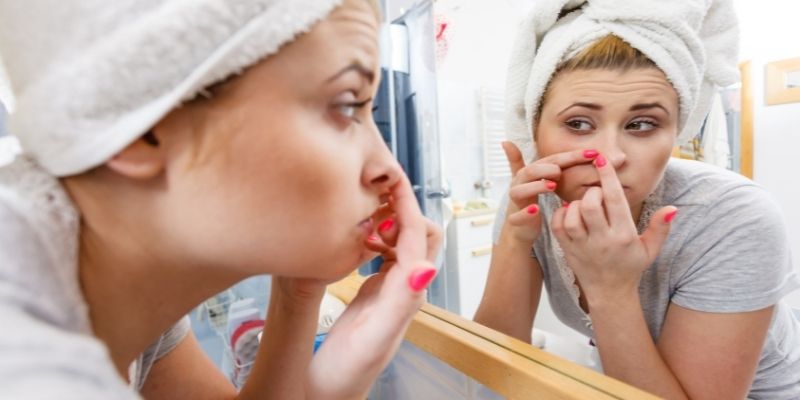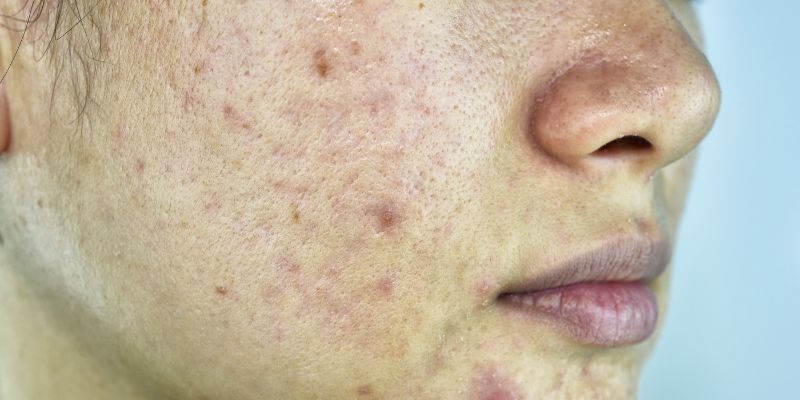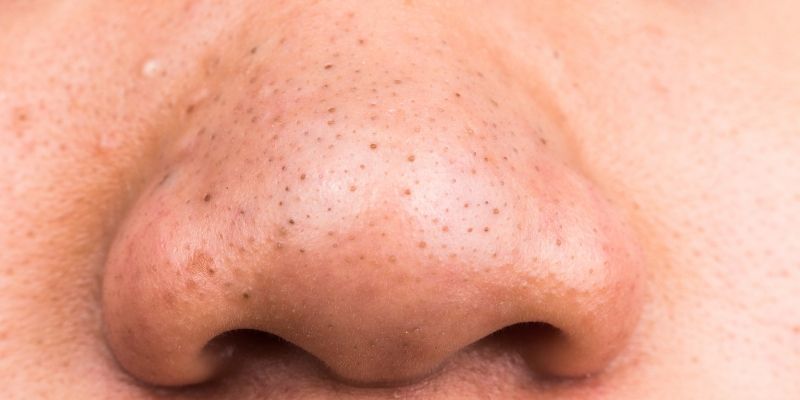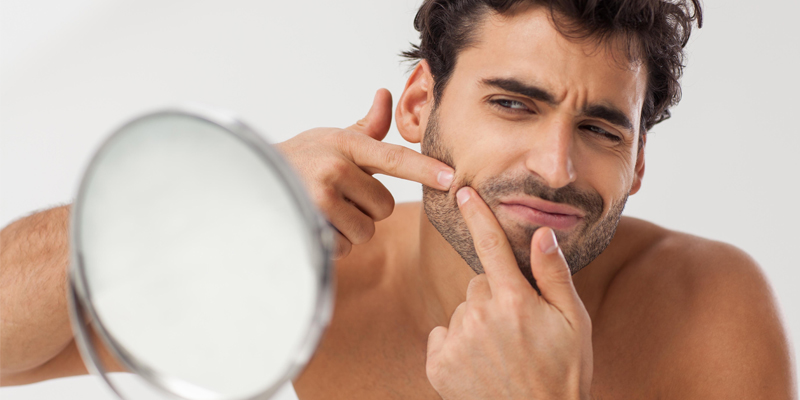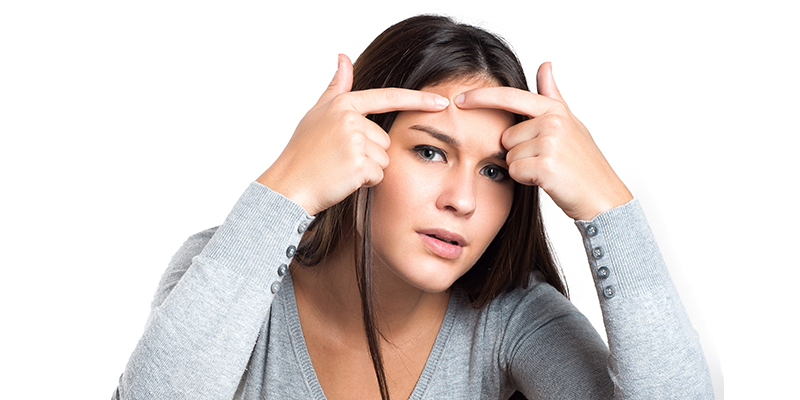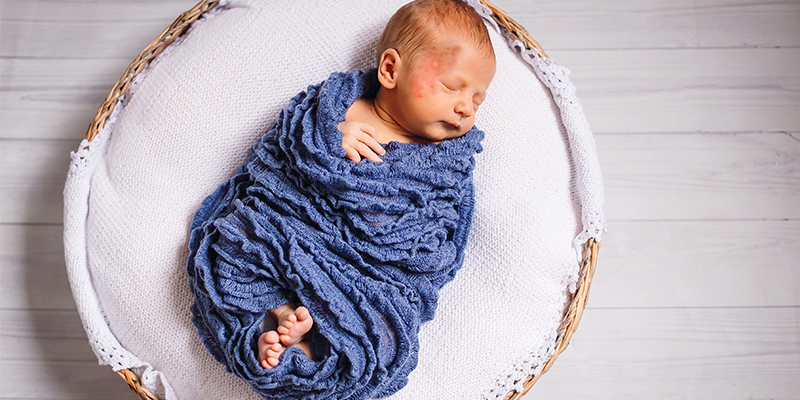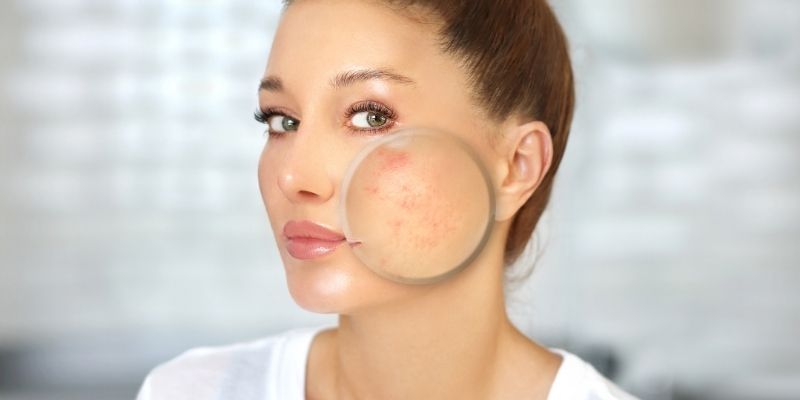How To Get Rid Of Hormonal Acne Fast?
Hormonal acne, as the name suggests, is caused due to the fluctuation of hormones in the body. The influence of androgens on the oil glands leads to acne breakouts. This skin condition can occur even after puberty but is more commonly associated with women over 25.
What Is Hormonal Acne?
The rise in hormone levels in the body can cause an increase in natural oil production leading to an increase in acne formation. Due to the presence of oil glands all over the body, the breakouts may form on all four zones of the face, back, chest, shoulders, and buttocks. In the case of hormonal acne, it is usually limited on the lower part of the face, on the chin and jawline area, and occasionally on the sides of cheeks and neck. Hormonal acne may be painful and with nodules rooted deep in the skin.
Must Read: Safe And Effective Treatment For Pimples
What Are The Symptoms Of Hormonal Acne?
Hormonal acne looks slightly different from regular acne. Most common hormonal acne symptoms include –
- Painful lesions, due to inflammation or swelling, form on the cheeks and jawline.
- Formation of cysts or papules
- Sore lesions that have transient redness
- The area around lesions is slightly raised or bumpy
What Causes Hormonal Acne?
Our body maintains the hormonal levels to ensure all body functions perform optimally. Here are various factors responsible for triggering hormonal acne:
- Excessive Production Of Testosterone – Increased androgen levels in the body is the primary reason behind hormonal acne. A component of androgen is testosterone which is a male hormone that triggers excessive sebum production causing an acne breakout.
- Menstruation – A woman’s body goes through the periodic fluctuation of hormones during her menstrual cycle. This fluctuation is the reason behind some women experiencing frequent breakouts when they are expecting their monthly period.
- Polycystic Ovarian Syndrome – When diagnosed with PCOS, cysts form in the ovaries preventing the release of the ovum. As a result, the cysts enlarge and the excessive male hormones lead to acne breakouts on areas like the face, chest, and upper back.
- Menopause – During menopause, there is an inevitable decrease in the production of female reproductive hormones as the ovaries stop producing eggs. Due to such hormonal changes in the body and an increase in androgens, some women tend to experience acne during their 40s or 50s.
- Steroids – Hormonal acne flares when people take an excessive quantity of steroids in the form of pills. It might be due to already an existing illness or a medical condition such as diabetes or obesity. These pills alter the hormonal balance of the body and trigger breakouts. Also, DHEAS or Dehydroepiandrosterone is an endogenous steroid hormone which can lead to hormonal acne.
- Excessive Sebum – Sebum is necessary to nourish the skin and enforce the removal of dead cells. However, hormonal changes lead to excessive testosterone secretion which triggers the sebaceous glands in the skin to expand and produce unnecessary amounts of sebum.
- Stress – Stress is a precursor of hormonal changes in the body. During periods of stress, our body releases a hormone called cortisol which causes hormonal fluxes and over stimulates the sebaceous glands present in the skin.
- Lifestyle – Certain unhealthy lifestyle habits such as smoking and drinking can lead to an increase in free testosterone levels in the body. This is one of the leading causes of hormonal acne in men.
- Certain Medical Conditions – People suffering from high blood pressure or sugar are also prone to getting hormonal acne. Blood sugar spikes are known to cause hormonal fluctuations which in turn leads to hormonal acne.
Must Read: Cystic Acne – Causes, Symptoms And Treatment Options
Hormonal Acne Treatment
Mild To Moderate Hormonal Acne
Mild to moderate hormonal acne can be treated fairly easily. The dermatologist may prescribe medication or products to treat moderate acne. Here are various treatment options prescribed by the dermatologists –
- Medicated Cleanser – The doctors usually prescribe a medicated cleanser during treatment to heal hormonal acne faster. These cleansers contain benzoyl peroxide as an active ingredient to wash away dead skin cells and excessive sebum.
- Oral Contraceptives – Oral contraceptive pills or birth control pills are a proven and successful hormonal acne solution.
- Anti-Androgen Drugs – This is another effective hormonal acne medication that is proven to work by acting against the male androgen hormone and bringing it to an acceptable level in the female body.
- Retinoids – Topical retinoids are helpful in cases of mild to moderate levels of hormonal acne. These are mainly derived from vitamin A and are present as an active ingredient in several OTC gels and lotions for acne clearance. The consistent use of retinoids is required to see any visible results.
Advanced Treatments For Severe Hormonal Acne:
Severe hormonal acne is not easily treated using OTC medication. Very often, the dermatologist will prescribe prescription grade medication in conjunction with advanced treatment for successful results.
- Chemical Peels – Chemical peels are used to treat cases of acne due to hormonal fluctations by removing dead skin layers and also keeping excess sebum production in check.
- – This is an effective prescription medicine to control sebum secretion and is taken orally. It is advised to visit a dermatologist to ascertain the appropriate dose.
- Corticosteroid Injections – Severe forms of hormonal acne, such as cystic acne, is usually treated using corticosteroid injections. Triamcinolone injections are used to reduce inflammation and persistent redness. It is injected into the lesions, and its effect shows within a few days through reduced swelling and scarring.
- Extraction – Extraction is performed in cases of severe and painful cystic acne or nodules. The extraction procedure uses a specialized extractor tool which aims to decrease the size of a large cyst by extracting and draining dead cell debris. It reduces the swelling instantly and lets the cysts heal faster.
Must Read: Acne Scars: Causes, Types And Recommended Care
How To Prevent Acne Due To Hormonal Fluctuation?
These preventive tips should be followed to keep acne at bay–
- Wash your face twice a day with a mild cleanser to ensure your skin is thoroughly cleaned of impurities.
- Avoid makeup or skin care products that may clog your pores. Always buy non-comedogenic or oil-free products.
- Always use sunscreen to shield the skin from harmful UV rays.
- Maintain a healthy lifestyle and pay attention to your dietary habits. Avoid dairy products and products with high glycemic content.
- Keep the skin thoroughly hydrated to prevent it from breaking out.
- Avoid weight gain. Get a hormonal evaluation performed by a dermatologist.
Hormonal acne is tricky and is treated based on its severity. A dermatologist is the best person to evaluate this condition and recommend suitable treatment from a plethora of advanced dermatological treatments.
Our certified subject matter experts do extensive research and collate facts from reputed scientific journals and international studies to create informative and engaging articles related to all your dermatology concerns. They strive to help you decipher medical jargon, distinguish fact from fiction and overcome paranoia. Our qualified medical board or expert panel goes a step further to verify these facts based on their rich academic knowledge, vast clinical experience and critical industry insights to ensure you consume only medically accurate content that empowers you to make informed decisions about your hair and skin-care treatments and weight management. Check out our Editorial policy for further details
https://www.ncbi.nlm.nih.gov/pmc/articles/PMC2923944/https://medlineplus.gov/acne.html
https://www.betterhealth.vic.gov.au/health/conditionsandtreatments/acne
https://www.healthdirect.gov.au/acne






